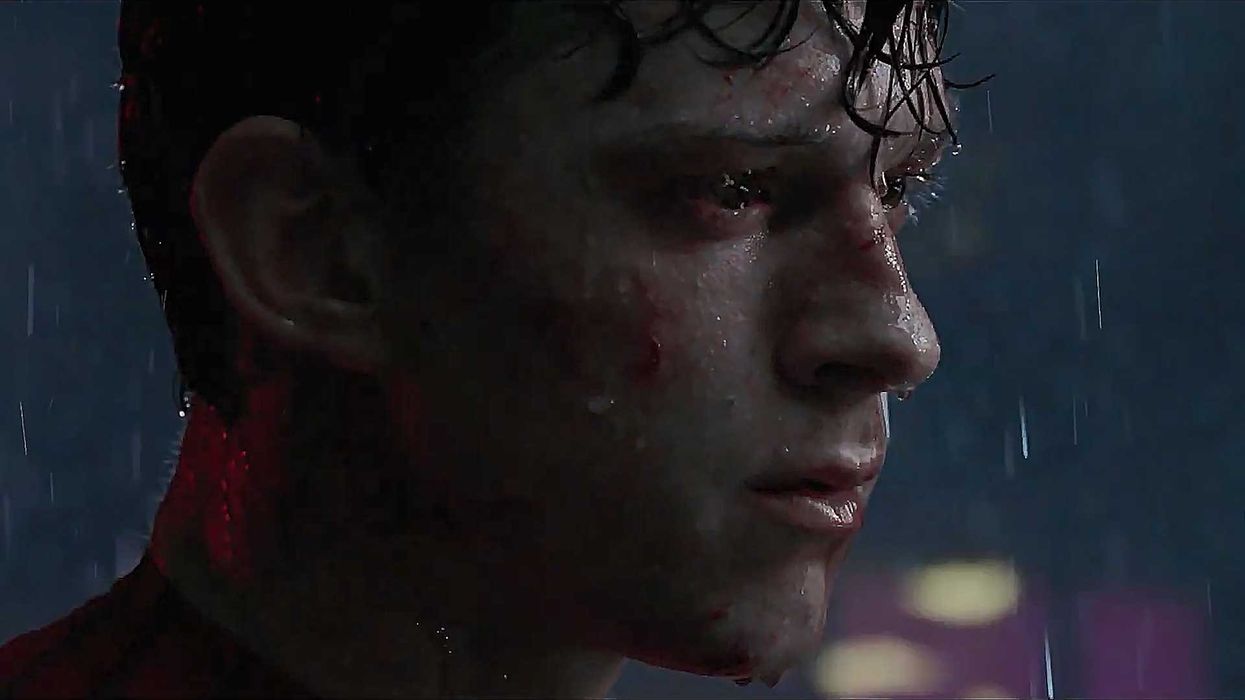Why Are Current Movies and TV Shows So Darkly Lit?
Have you noticed that lots of movies and TV shows have impenetrable visuals?

Ever since Gordon Willis shot The Godfather, people have always been wrestling with how visuals use or do not use light on the screen. In new movies like Spider-Man: No Way Home, The Batman, and even TV like Game of Thrones or Ozark, the lighting, or lack thereof, is a huge topic of conversation.
Entertainment at home has always come with a few caveats. TVs come with motion smoothing and other baffling settings that take brightness away from the programs you watch. Before you even get into the meat of this article, make sure your TV is at optimal settings for what you're about to enjoy.
If all is well on that front, then we have to dig a little deeper.
First, let's start with the idea that when your favorite film and TV makers sit down to watch their creations, they're doing it on computer screens in a completely dark editing bay, with excellent quality. Their first times watching are not in projection rooms or home TV setups, they're watching at optimal levels.
That skews a lot, as many people do not have perfect home theater-quality images to watch movies and TV. Remember when one of the final Game of Thrones battles came out and was super dark? Most people thought the reason was that if you had an expensive and well-calibrated TV, you could see everything. When many people didn't have that, their images looked much darker. At times, they were indecipherable. But if you had a 4K TV, you were totally fine.
I'm sure we can all think of examples, but recently some frames from Spider-Man: No Way Home went viral for their odd lighting. The truth is, many blockbusters suffer this fate.
The rise of digital cameras replacing film has made lighting a very different job for cinematographers on set. You get to instantaneously see what images look like in the camera, and when you work on the project in post, there isn't some complicated way to make images darker. You can use filters and settings in your edit suite.
That's led to what I think is an overcorrection to equate mood and cinematography with darker images. People are pulling colors and light out in post to make sure you really understand how moody and serious their stories can be. Even worse, filmmakers might get the lighting right, but the studio may step in and ask for it to be changed to get more emotions across, even if they're wrong!
Being underexposed can strain the audience and make them miss important stuff.
Another reason is that so many big-budget movies and shows shoot using green screen and rear projection, and lighting for film and TV has become a bit of a lost art. This could sound curmudgeonly, but I swear it's not.
The thing is, cinematographers on a lot of these shoots aren't lighting anymore. It's being done in post, and those people may not have the eye for it. Sure, there are lots of good projects out there, but the bad ones stand out.
Another big thing is where you watch the movie. At home your TV may not be right—but did you also know many movie theaters are projecting images incorrectly? Most theaters have no one in the projection room, so no one is adjusting. They're using automated systems that may not be right for the movie you're watching and also could be dirty, dusty, and not well maintained.
So many variables go into why this stuff looks this way, it's hard to put your thumb onto exactly why something looks like it does without a lot of research. I think that these combinations have taken things to a much darker place. Hopefully, we'll see some bounceback.
Let me know your thoughts in the comments.

 No Film School's coverage of
No Film School's coverage of 









